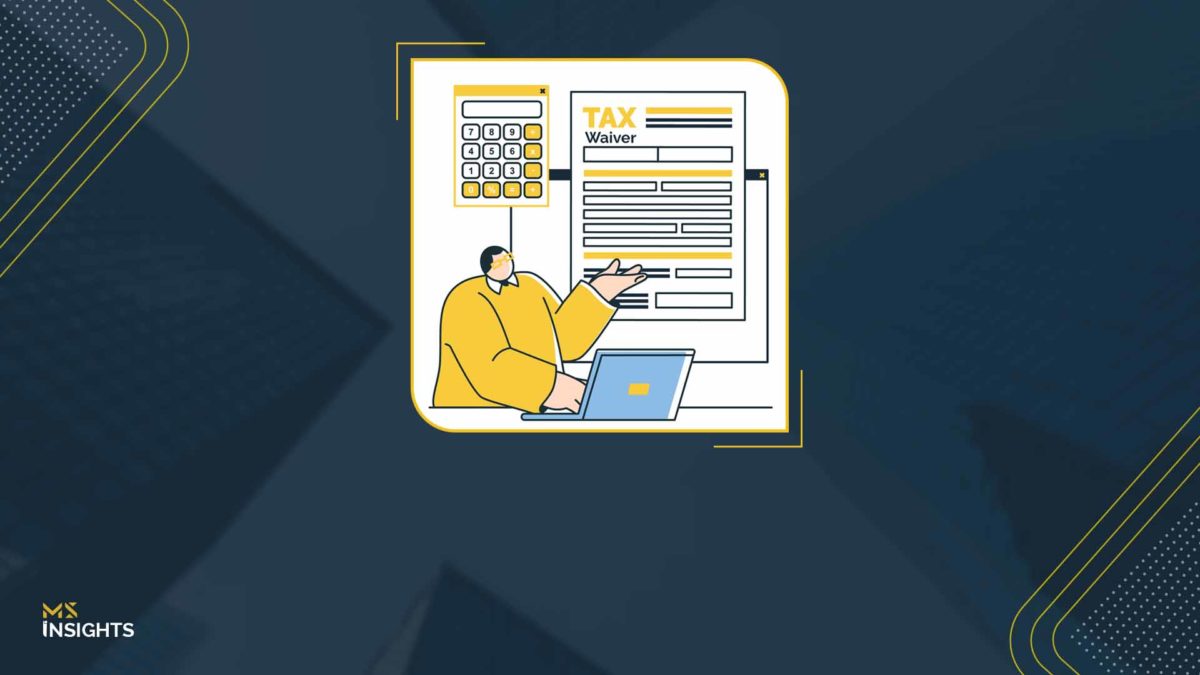Creating wealth is a milestone. Preserving it across generations and jurisdictions is the true legacy challenge.
For many families exploring wealth structuring in the UAE, setting up a trust or foundation is seen as the natural next step. These structures promise protection, continuity, and control. But too often, they’re treated as standalone solutions, quick fixes to complex questions. In reality, a trust or foundation is only as effective as the intent and clarity behind it.
True wealth protection is about defining your purpose, distancing ownership without losing influence, and choosing structures that can adapt as your family evolves. Wealth structuring in the UAE, especially through DIFC and ADGM, offers the tools, but it’s the alignment between structure and strategy that determines success. Trusts offer flexibility and discretion; foundations provide formal governance and permanence. Each has its place, but neither works in isolation from vision.
What you’re ultimately protecting isn’t just capital.
It’s what the capital stands for.
And that’s where purpose must lead and structure must follow.
Intent First. Structure Second
The strongest wealth structures start with purpose. Before deciding between a trust, foundation, or holding company, families must first get clear on what they actually want to achieve.
- Is the goal to preserve wealth untouched for generations, or to enable access and entrepreneurship among heirs?
- Is discretion paramount, or does transparency help build alignment and accountability?
- Do you see yourself gradually stepping away, or staying involved behind the scenes?
These answers shape not just the choice of structure, but how it’s governed, who’s involved, and how it evolves. Without that clarity of intent, even the most sophisticated structure can fail to serve its purpose. With it, structure becomes not a template, but a tailored solution.
Why Ownership Isn’t Always an Advantage!
Ownership, while intuitive, often undermines asset protection when it’s too closely tied to the founder. Courts and creditors look at who actually controls and benefits from the asset. If you continue to make decisions, direct distributions, or override structure governance, even informally, the asset may still be considered yours in substance, exposing it to claims or challenges.
In the context of wealth structuring in the UAE, particularly within ADGM and DIFC trusts and foundations offer clear mechanisms to create distance without losing intent. In a trust, the legal ownership of assets is transferred to a trustee, allowing the settlor to step back from day-to-day control while retaining influence through mechanisms like protectors, reserved powers, or letters of wishes. Similarly, a foundation, with its own legal personality, holds assets in its own name and is governed by a council, separating personal ownership from administration, yet allowing the founder to define purpose, appoint council members, and establish succession protocols.
True protection requires a clear separation between ownership and control, using roles like protectors, councils, or letters of wishes to maintain influence without legal liability. In essence, effective structuring is about stepping back just enough to shield, not sever.
Wealth structuring in the UAE: How Much Control Do You Really Need?
This is the question that separates smart structuring from superficial fixes.
Some families need day-to-day involvement. Others prefer to step back, ensuring the framework operates without intervention. There’s no single right answer, only one that aligns with personal goals, family dynamics, and long-term vision.
In a trust, ownership of assets is legally transferred to a trustee, creating a clear divide between the settlor and the assets. This separation reduces personal exposure while still allowing the settlor to retain influence, through roles like protectors, reserved powers, or non-binding letters of wishes. A foundation, on the other hand, goes a step further by having its own legal personality. It holds assets in its own name and is managed by a council, not an individual, which distances the founder from control while enabling them to define the foundation’s purpose, shape governance rules, appoint key decision-makers, and set out succession plans.
Questions worth asking:
- Is my role in this structure operational or strategic?
- Am I building this for legacy, tax neutrality, asset protection or all three?
- Who needs to be involved, and at what stage?
The Advantage of Wealth Structuring in the UAE: ADGM and DIFC as Global Structuring Hubs
What sets ADGM and DIFC apart is not just their regulatory strength, but how thoughtfully they’ve developed legal vehicles like trusts and foundations to meet the evolving needs of global families for wealth structuring in the UAE. Both jurisdictions offer dedicated, modern frameworks for common law trusts, allowing settlors to separate ownership and control while preserving intent through roles like protectors and letters of wishes. At the same time, foundations, which are increasingly preferred by families seeking continuity, legal personality, and formal governance, are fully supported under both regimes. These structures come with clear rules around asset protection, succession, and purpose-driven governance, making them highly adaptable for multi-generational planning.
How MS Can Help You Set Up a DIFC Foundation for Wealth Structuring in the UAE
At MS, we offer comprehensive, end-to-end support for establishing DIFC foundations tailored to your specific legacy, asset protection, and succession goals. We assist in integrating the foundation into your wider strategy of wealth structuring in the UAE, ensuring alignment with cross-border considerations, tax efficiency, and long-term control. Whether you’re building a family legacy, safeguarding assets, or planning multi-generational governance, MS ensures that your DIFC foundation is more than compliant; it’s meaningful, secure, and built to last.









